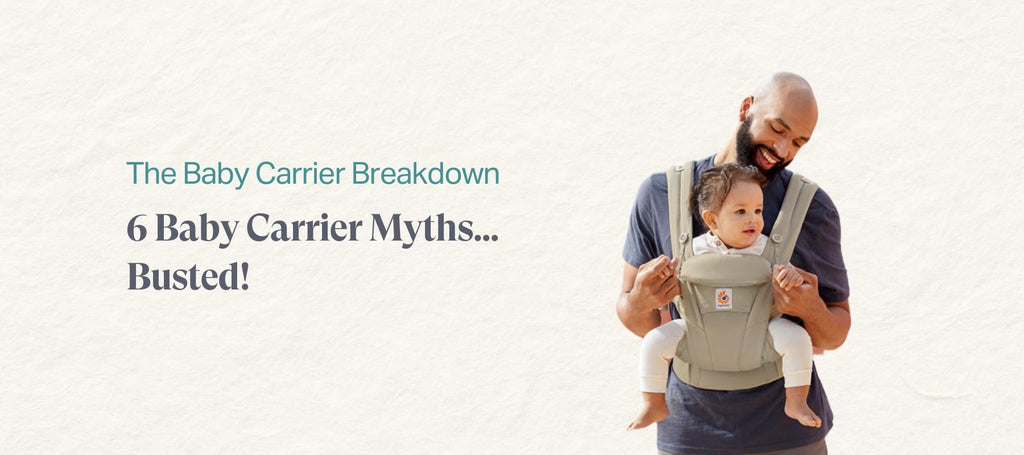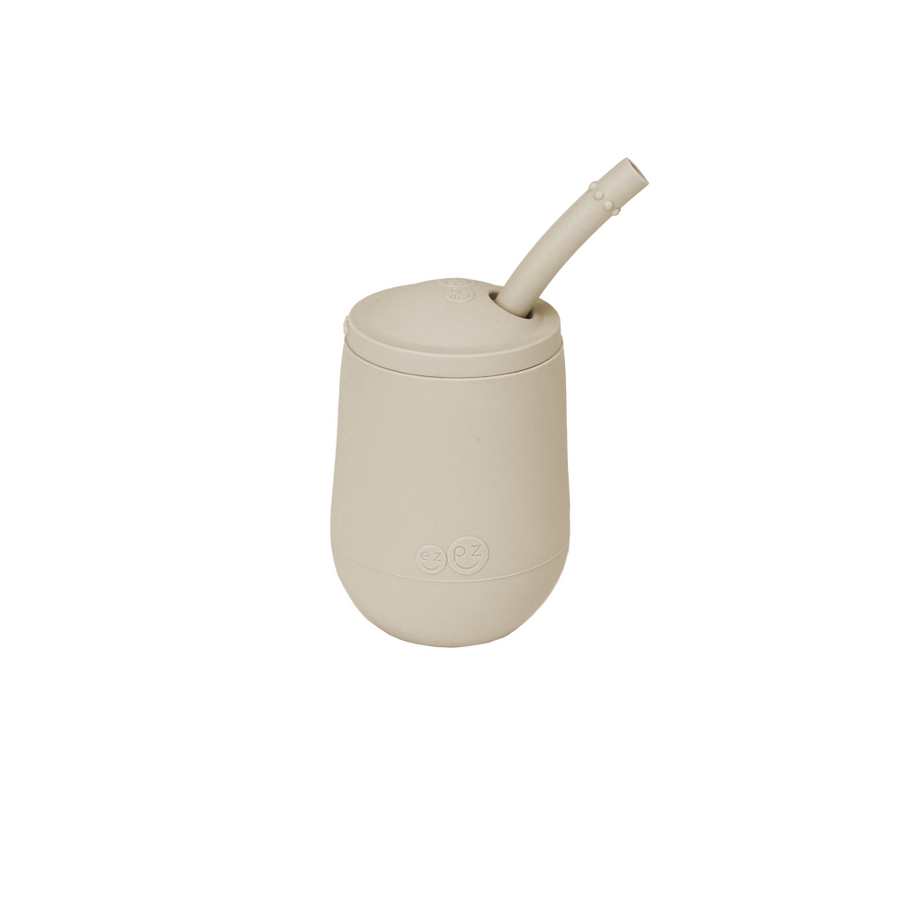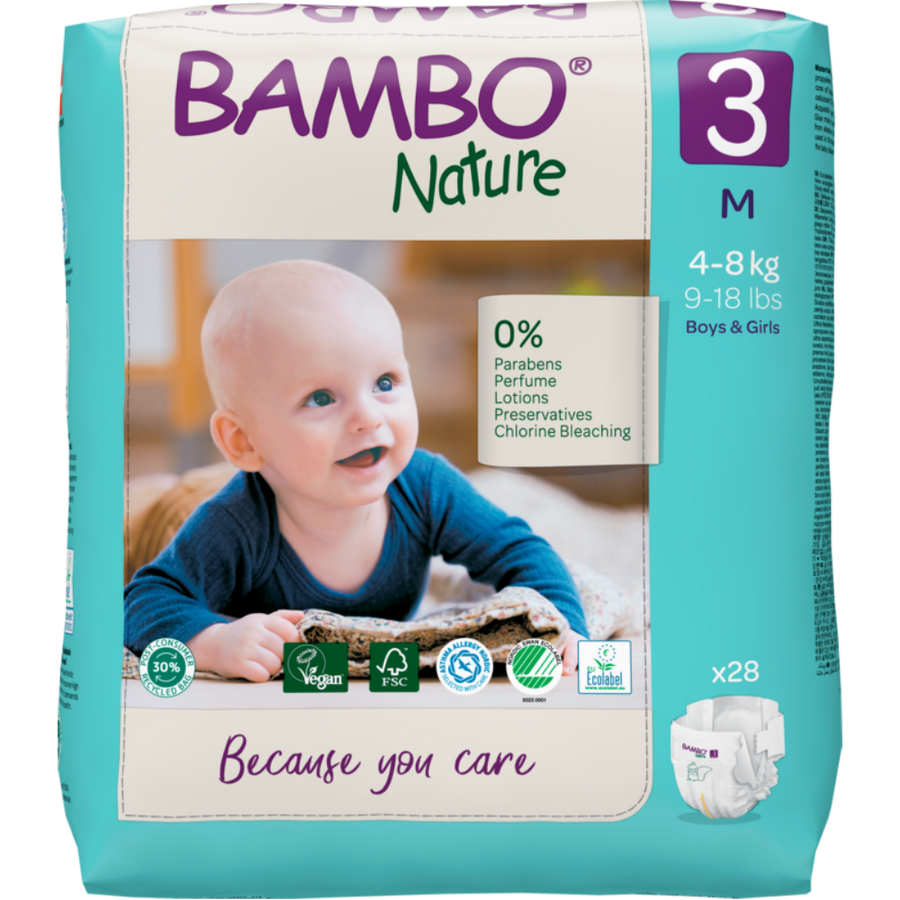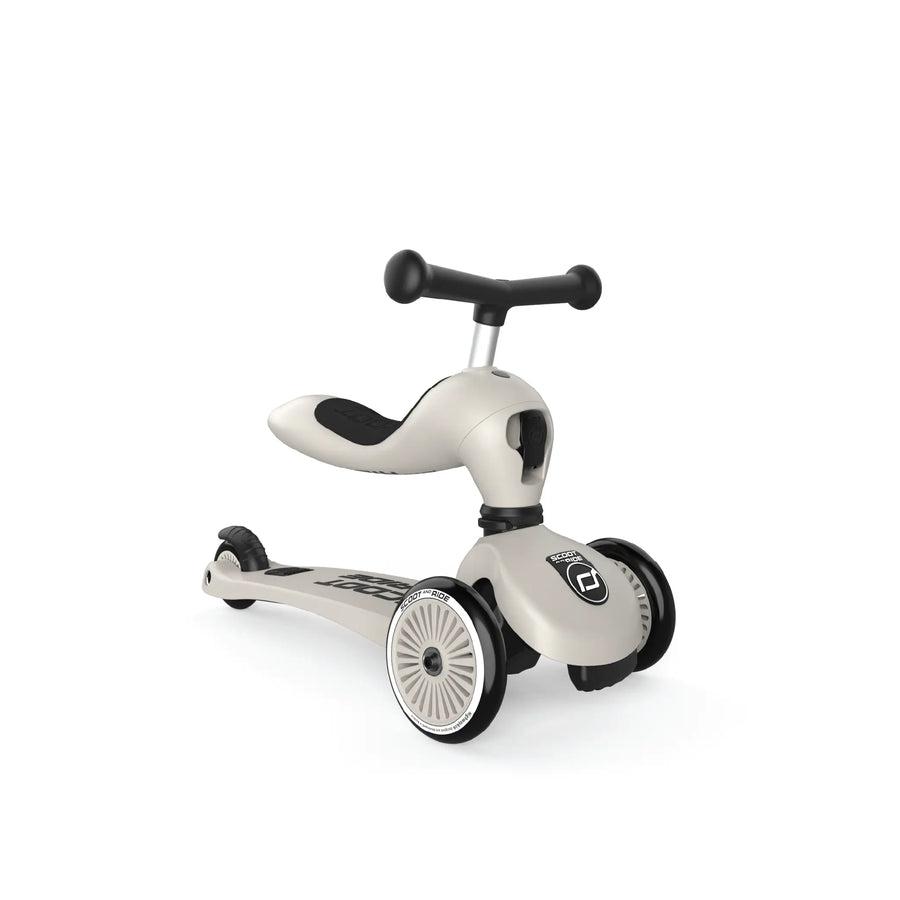The Baby Carrier Breakdown: 6 Baby Carrier Myths in 2024… Busted!

The Baby Carrier Breakdown: 6 Baby Carrier Myths in 2024… Busted!
You're a new parent, browsing online, and a dizzying array of options presents themselves. Amidst the chaos, one question echoes in your mind: Are baby carriers worth the hype? If that isn’t enough, you hear this - “Baby carriers hurt my back”, “Your baby will never learn to sleep on their own if they always sleep in a baby carrier”. “Too much carrying is bad for the baby”. That is enough confusion for a lifetime, so allow us take it from here.
Buckle up, because we're about to unravel the truth behind 6 common baby carrier myths!
If your baby carrier is causing you back pain, then all efforts have been in vain!
An ergonomic baby carrier that fits your body and your child’s age should not hurt your back. Ergobaby baby carriers have been awarded the seal of approval by the Aktion Gesunder Rücken e.V. association for being extremely back-friendly.
If you are experiencing back pain, making a few adjustments to your baby carrier will ease you.
A well-fitting carrier distributes your baby’s weight evenly. If your carrier is too low or too loose,
it can put a strain on your back, shoulders, or neck. A well-fitting carrier can help improve your posture and core strength by encouraging you to stand upright and activate your core muscles.
Compare that to pushing a stroller, often weighed down by heavy shopping bags. That is more likely to cause back pain. So is lugging car seats in and out of your car, or awkwardly carrying them on one arm. Therefore, carrying their baby in a carrier is a more comfortable alternative for many parents
For some, baby-wearing is nothing short of a tightrope walk, especially when climbing stairs or walking through busy open spaces. But in retrospect, most people who babywear naturally walk more slowly and carefully when carrying their baby. As your little one is fastened close to your body, your baby is better protected than if they were being carried in your arms. Your baby is safe and secure in a baby carrier, and you have two hands, free to support or hold onto them if necessary. As your baby gets older and taller, the back carry option is a substantial way to double down on safety. You can watch every step and your view ahead or down (when walking stairs) is not compromised at all!
Babies naturally love to be carried, and we are sure you will agree! They are close to their parents and caregivers, and it makes biological sense for your little one to be carried close to you and your body as much as possible in the first few months of life. Skin-to-skin contact or close body contact, where your baby can hear your heartbeat, feel, and smell you, facilitates neurological development. It helps form a secure bond and relationship that will make them more independent growing up.
You have got to be doing a lot of things wrong for your baby to overheat in a baby carrier during the summer automatically. People worldwide carry their babies in all kinds of climates, even in the very hottest ones. The closeness to your body is instrumental in your child regulating their temperature, protecting them from overheating.
It is also important to not dress your child in too many thick layers. Doing this may cause overheating. Do not expose them to direct sunlight for long periods; keep them hydrated.
Use thin, natural, and breathable fabrics for your little ones' clothing. All exposed parts of the body must be protected from the sun. In addition, breathable mesh baby carriers such as the Omni Breeze can help improve air circulation and reduce sweating.
Human babies are born at a time when they are not yet fully developed, and the development is gradual as your baby grows. Why is that? Here’s a little biology lesson: Babies who are born walking upright, with fully developed heads, would not fit through their parents' pelvis and birth canal during the later stage of childbirth. This is called physiological premature birth.
This makes carrying your baby necessary and is intended by nature so that this physiological premature birth can mature undisturbed outside the womb. It is important that you carry your baby in the M-position and that your baby's back is always supported in a developmentally appropriate way.
Like most aspects of parenting, baby-wearing can take practice and patience (a lot of it), but it’s worth it!
Many baby carriers can be put on and taken off in seconds. Our Ergobaby Embrace Newborn Carrier is easy to put on. A cross-strap with a padded waist belt ensures a comfortable fit for you while holding your baby in the optimum hip-healthy + ergonomic "M" position
The only way to find your perfect baby carrier is to try out different carrying aids and tying techniques to see which one suits you best. If you prefer a baby carrier that doesn’t have to be tied, you can always come back to find the best-selling baby carriers in 2024 with only a few buckles, in our range!
So, there you have it, – the truth behind the famous baby carrier myths! Here’s hoping your doubts have been answered, and you are now armed with knowledge and confidence.
Go ahead, embrace the joy of baby-wearing with Ergobaby carriers, make your everyday life much easier, and do something good for your baby whilst having two free hands. Also, if used correctly, protect your back at the same time.

















Leave a comment